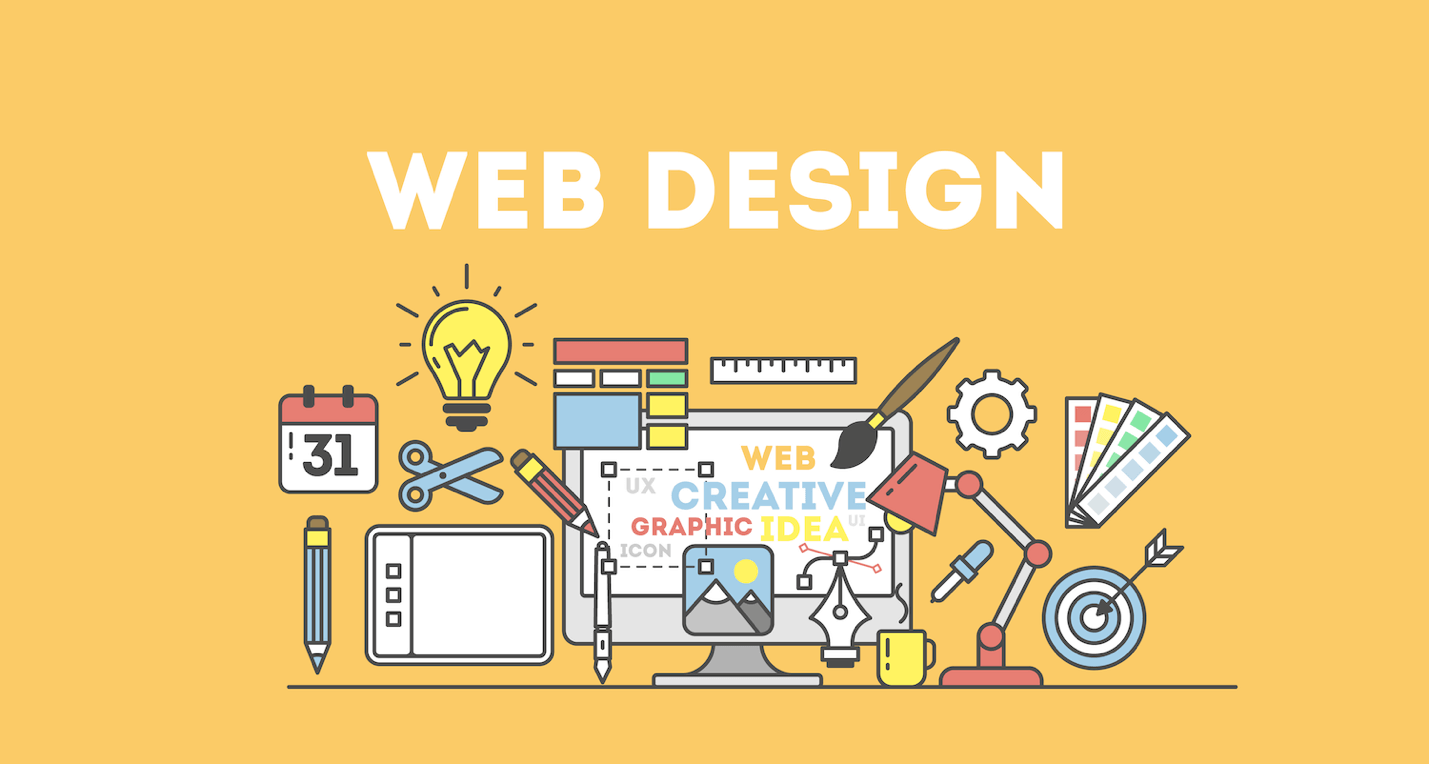Web design is an essential aspect of creating a successful online presence for businesses and individuals. It involves the process of designing, conceptualizing, and arranging content on a website to ensure a seamless user experience. A well-designed website not only attracts visitors but also engages them and encourages them to take action.
With the increasing importance of having a strong online presence, the demand for skilled web designers has also surged. Understanding the principles of web design, such as user interface design, navigation, and visual hierarchy, is crucial in creating an effective website that aligns with the goals of the business or individual. In this article, we will explore the key elements of web design and provide insights into how to create a visually appealing and user-friendly website. Incorporating the expertise of a skilled CT WordPress Developer can greatly enhance the implementation of essential tips for effective web design, ensuring seamless functionality and user engagement.

The Importance of User Interface Design
User interface design is a crucial element of web design as it focuses on creating a visually appealing and intuitive interface that enhances the overall user experience. A well-designed user interface includes elements such as buttons, menus, and navigation bars that are strategically placed to guide users through the website. By understanding user behavior and preferences, web designers can create interfaces that are easy to navigate and lead users to the desired content or action. Implementing best practices in user interface design can significantly impact how visitors interact with a website, ultimately leading to higher engagement and conversions. For businesses looking to enhance their online presence, partnering with a skilled CT WordPress Developer can help in creating a user-friendly and visually appealing interface that resonates with their target audience.
Creating Visual Hierarchy for Effective Communication
Visual hierarchy plays a crucial role in web design by establishing a structure that guides users’ attention and communicates important information effectively. By incorporating elements such as size, color, and positioning, web designers can create a hierarchy that highlights key content and calls-to-action while de-emphasizing less important elements. A well-defined visual hierarchy ensures that users can easily scan a webpage and quickly identify the most relevant information. This approach not only improves usability but also contributes to the overall aesthetics of the website. By prioritizing content based on its importance and relevance, web designers can create websites that deliver a clear and engaging user experience.
In conclusion, web design is a multifaceted process that requires a deep understanding of user behavior, visual aesthetics, and effective communication. User interface design and visual hierarchy are key elements that contribute to creating a successful website that not only attracts visitors but also engages and converts them into customers. As the digital landscape continues to evolve, businesses and individuals must prioritize web design to stay competitive and relevant in the online space. By partnering with skilled web designers and implementing best practices in user interface design and visual hierarchy, businesses can create visually appealing and user-friendly websites that effectively communicate their message and drive results. Ultimately, investing in high-quality web design is essential for establishing a strong online presence and achieving success in today’s digital world.
Leave a Reply